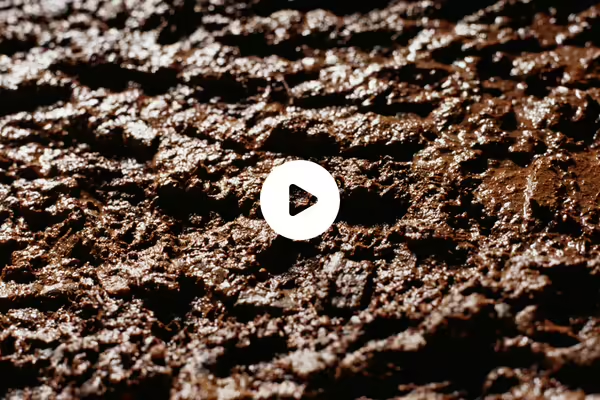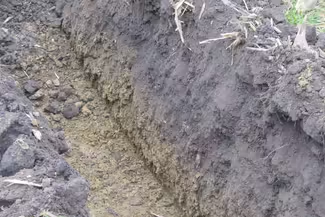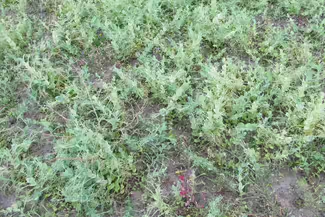Soil is formed over thousands of years.
In Illinois, most soils have formed out of dirt and rock left behind from melting glacial ice that was present as recently as 10,000 years ago. This material, along with the combination of climate, plants, and microbes formed the state’s soils.
While erosion is a natural process, excessive erosion on soil reduces its ability to provide nutrients and water to plants. Since the top layer of soil is the most plant beneficial part of soil, it is critically important to make sure excessive erosion is kept in check. Extreme precipitation events have become more common in the last few decades and have made soil conservation efforts more difficult, especially on any soil that is tilled. Concentrated flow of water creates rills and gullies, removing hundreds to thousands of tons of soil with each heavy precipitation event.
Options to Reduce Soil Loss
Cover crops
Cover crops are plants that are seeded after a crop is harvested. Depending on what is seeded, plants may grow during the fall and then die after temperatures reach freezing, or they may overwinter and start growing again in the spring, being terminated prior to spring planting. Having a living plant present for longer time periods reduces soil loss off slopes, and strengthens soil structure, making the soil less prone to erosion. There are many types of cover crops that can be seeded, and mixes of several of these may increase soil benefits.
Grass Waterways
Keeping areas where concentrated flow of water occurs permanently in plants greatly reduces the opportunity for gullies to form. Grass waterways allows water to flow down slope to another field or outlet. Waterways are relatively easy to install and maintain.
Water and Sediment Control Basins
In areas where grass waterways may not be desirable or the slope is too great for just waterways, a water and sediment control basin can be installed. These structures stop water flow. A drain pipe on the flow side of the basin then conveys water to an underground tile line, which takes the water to a stream or a ditch. As the name suggests, sediment may build up on the flow side of the basin. This may need to be periodically spread out to maintain basin water storage capacity.
Grade Stabilization Structures
Along the edge of fields, gullies may start eroding farther into the cropped area. A grade stabilization structure stops the gully and provides a method for a lot of water to drop harmlessly to a lower level along a field edge. These structures may be made of concrete block, metal, or concrete, and should last for decades if properly maintained.
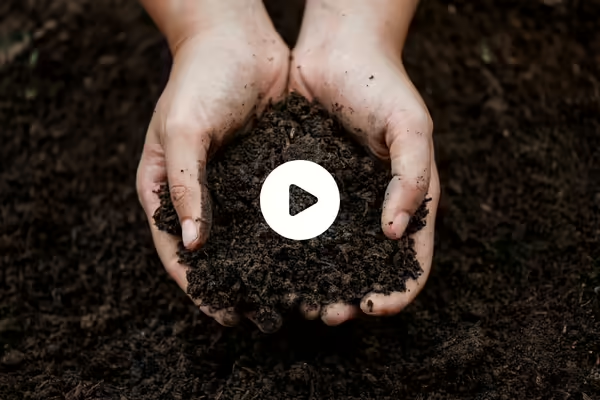
Soil Organic Matter
Organic matters are plant or animal-based products that when added to the soil contribute to physical, chemical, and biological properties.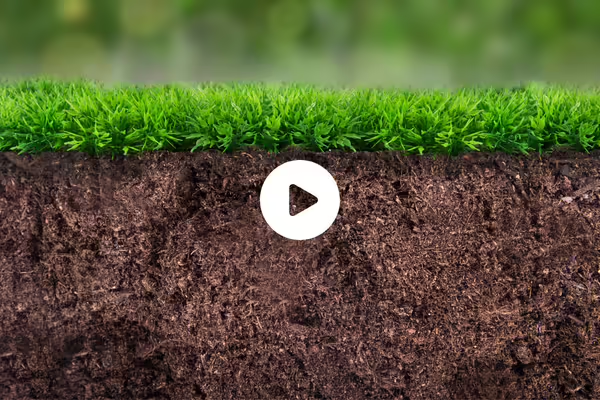
Soils, Climate, and Carbon
Some soils contain huge amounts of carbon, mostly in the form of organic matter